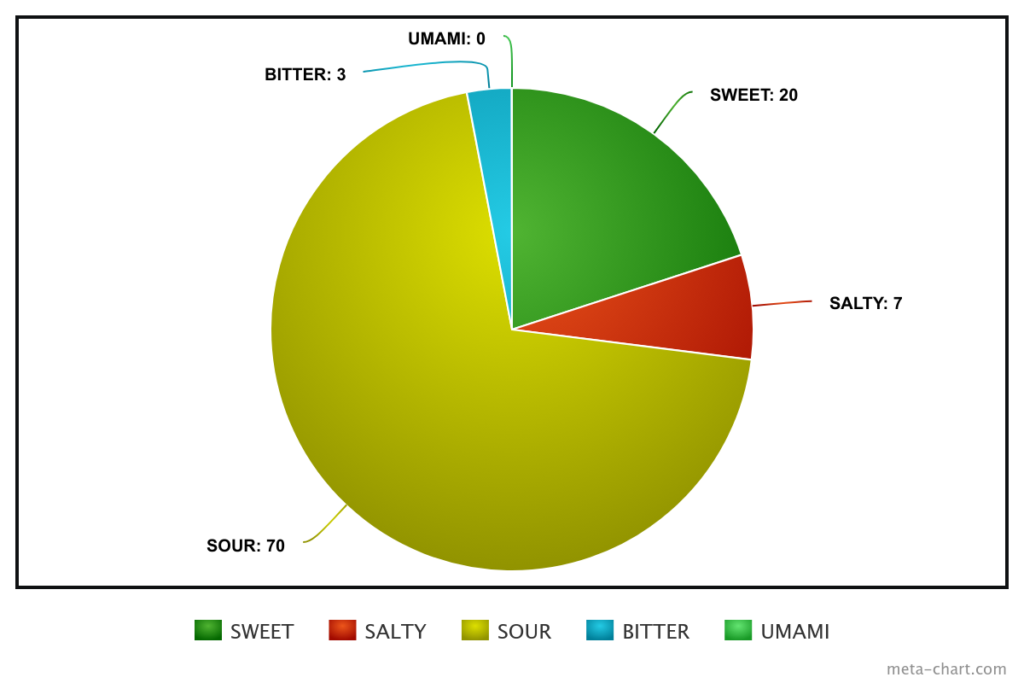How to Substitute Wine in Cooking
I’ve been asked several times by my viewers what they can use instead of wine for cooking. There are many reasons why someone may not want to use wine for cooking. For some, it’s a religious restrictions, and for others, it may be that they just don’t have any wine on hand at home or they can’t easily find it – there are countries around the world where wine is not sold.
Luckily, by using a little bit of food science, you can easily make your own substitute for wine! The key is figuring out the flavor profile. More on that below.
What is a flavor profile?
A flavor profile is a breakdown and measurement of the five main flavors found in any food or drink: Salty, Sweet, Sour, Bitter, and Umami. Umami is a relative newcomer to the world of flavor. It can be described as a savory meaty flavor like that of a grilled steak or even a mushroom.
Every food or drink has a combination of these five flavors. And being able to identify and measure those flavors is the “flavor profile”.
In this video, I used Chardonnay Wine as my test subject, and by tasting it, I was able to make a basic flavor profile, which breaks 100% down into its different flavors as you can see in the image below. I put it into the form of a pie chart to easily visualize it.

Once I was able to figure out the general amounts of each flavor, I was ready to make a mixture using other non-alcoholic ingredients which had a similar flavor profile of a liquid that is roughly 70% sour, 20% sweet, 7% salty and 3% bitter. This is where you can have fun and be creative!
Compounds in Foods
Although everything can be broken down – flavor-wise – into the five main flavors, we also have to note that there are compounds in foods and liquids that make flavors more complex. But this does not have to be difficult to understand.
A compound is simply a little particle made up of different things squished together. For example, we could make a little particle that is made up of a sugar, a salt, and then glued together with some sort of fat. And when you taste that particle, it could have a very specific taste. But we could break that taste down into the five flavors. We could say that it has (this is just an example) 80% salty, 10% sweet, 1% bitter, 7% umami, and 2% sour.
Chemists and food manufacturers love to make these compounds and add them to food for flavoring. They also happen naturally or as a result of cooking or fermenting something.
My point is that wine, for example, has these little compounds that have these little “extra” flavors. Like the musty flavor in the wine. Although we could break the “musty flavor” into the 5 main flavors, we can experience it as just a “musty flavor”.
So, when we use a flavor profile to make a substitute for something else, we can also take into consideration these other compound flavors. In my example in the video with Substitute #2, I was able to use Worcestershire sauce (which is fermented) to add a “musty flavor” to our mixture, just like the wine we were trying to substitute has a “musty flavor.”
You can make this as simple or as complicated as you like. To keep it simple, concentrate on the 5 main flavors, and if you want to get more into the nitty-gritty of it, you can start trying to identify compound flavors and try to replicate them.
Substitutes for Wine in Cooking
Before I get into the mixtures that were made in the video, I would like to give you an even easier alternative option. In most North American grocery stores you can just buy non-alcoholic wine or non-alcoholic cooking wine. That would be the easiest option. But, we can make our own mixtures that can actually be better than wine – they can have the same flavor profile but have different accents. The possibilities are endless.
Substitute # 1
The first substitute I made was a very simple one. It consisted of the following ingredients, balanced roughly to match our flavor profile.
- Water
- White Vinegar (sour)
- Sugar (sweet)
- Sea Salt (salty)
- Instant Coffee (bitter)
Substitute #2
The second substitute we made was more complex. It was made with ingredients that had more compounds in them and thus yielded a more interesting mixture.
- Water
- White Wine Vinegar (sour)
- Honey (sweet)
- Soy Sauce (salty)
- Worcestershire Sauce (bitter)
Substitute #3
With this third substitute, I showed you how you can make a sugar-free substitute for wine by using an erythritol sweetener (Monkfruit Sweetener) instead of sugar. One of the reasons someone may want to avoid wine is because of the high sugar content. But using erythritol makes it just as sweet with a zero carbohydrate, zero-glycemic mixture that has a very similar flavor profile to the wine.
- Water
- Lime Juice (sour)
- Erythritol Sweetener (sweet)
- Salt (salty)
- Instant Coffee (bitter)
To be a good cook, you have to be good at identifying and replicating flavors. So, this flavor profile exercise is a very good skill to keep sharp. You should strive to identify the flavor profiles in the foods that you consume and try to figure out ways to replicate them and substitute them. Cooking is an art, but it’s also a science. And a good fundamental understanding of the science makes that art part more fun!

